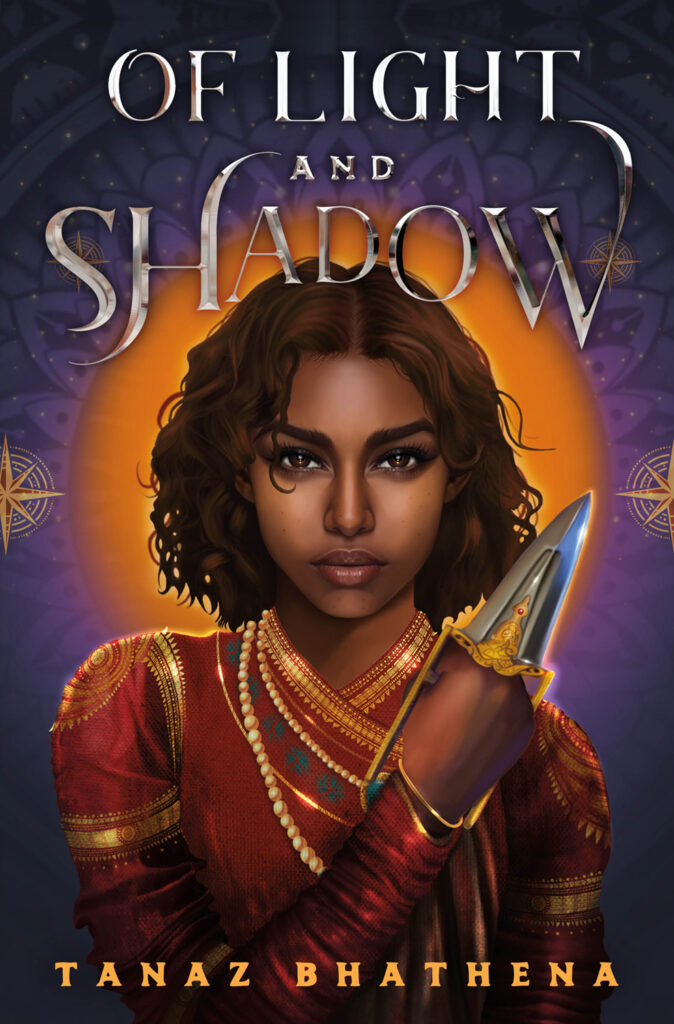
Author Lisa April Smith lives with her husband, He-Who-Wishes-to-Remain-Anonymous, in
Eternal Playland, Florida, a delightful spot just off I-95. Ms. Smith describes Eternal Playland as
“a little piece of level heaven with occasional dampness, where the bugs are plentiful but respectful, and even the smallest strip mall contains at least one pizza place and a nail salon.”For more about Lisa, her books, and upcoming projects visit her website

Author Lisa April Smith merges her proven skill at writing page-turner suspense with a scientist’s insistence on accuracy. Set in ancient China and spread over 35,000 years, each of this epic novel’s six tales has its own characters and conflicts. This is a saga of survival, sacrifice, danger, indomitable perseverance, bravery and betrayal.
Book Sniffers Anonymous asked, and Lisa has agreed, to share the following details about each of the six stories in her exciting new novel Forgotten Tales of China.
The first tale, The People of the Cave, takes place 40,000 years ago, shortly after Wise Old Mother fell into a coma and permitted the fire to die. Lacking the knowledge to start fire has caused a crisis. Storm, a young untested leader, has taken four men on a dangerous mission to steal fire from Strangers. He leaves behind a desperate hungry troupe. But nine year old Berry, the last to eat and first to be beaten, is determined to rise in rank and will utilize her brilliant mind to do so.
The second tale, Giants, is set 20,000 years ago during the last ice age – a time when simple survival was an ongoing test of endurance, ingenuity, courage and the willingness to sacrifice for the common good. It’s a story of Watchful Eye, a devoted tribe leader, who believes that the fate of his beleaguered tribe is linked to the fate of his adopted twin sons, one a hunter and the other a fisherman.
Tall, near-sighted Squint, in a tale set 9,000 years ago, is limited to tasks typically done by women and children of his nomadic hunting/gathering clan. The agreeable star of this light-
hearted third story sets out on mission to gain the respect of his clan by trading trinkets and pelts for unknown treasures. He hopes that on his successful return to win the girl he longs to
Will he stay in the wondrous town where he is valued for his size and stamina, or return to his dismissive clansmen with his hard-won tools and knowledge of agriculture? And will the father of a painfully shy maiden with a cleft lip be able to influence his decision?
Perhaps your favorite tale will be Shing’s Daughters, set 7,500 years ago, the story of a patient hard-working man with five beautiful daughters, and a wife he cherishes, although she is tormented by her ancestors’ prophetic voices?
For a chilling change of pace, there is The Temple of the Goddess, set 5,000 years ago. The renowned archeological temple was the centerpiece of a major religious site which served a network of Hongshan villages and cities. There, people worshiped a female deity – the first female deity found in China. Wall paintings and pottery figures of parts of the human anatomy, found inside the ruins, indicate supplicants prayed for fertility and restoration to health. Also found were paintings of birds, whose migration was believed to be sent by gods to signal the arrival of rain and the planting season. Lacking irrigation, the rainy season was incredibly important for Hongshan survival.
The site, coupled with a female deity responsible for health, indicated to me, certain women held in high esteem and the character of Lian, a pious young priestess/healer – a Servant of the Goddess.
Throughout time, when women attain power, angry jealous men will do their utmost to take it away. And that led me to create a politically ambitious nobleman who envies and resents the respect Lian receives. The itinerant, sadistic serial killer was a counterpoint to Lian’s genuine goodness.
3,600 years ago, 1,100 years prior to Greece’s Golden Age, people in China had invented ink, performed craniotomies, constructed massive palaces, created a reliable calendar, and cast bronze tools, containers, musical instruments and weapons. Metal weapons enables armies to be better equipped. Casting weapons allows them to produced faster and cheaper. The last tale, The Bronze Worker and the Discarded Concubine, is a composite of fiction, fact and myth. It’s tells about a man struggling to raise his three grandchildren and prevent them from being sold into slavery, and a woman who helped topple the first dynasty.
Six tales, different in tone and genre, and all linked to man’s journey through time.


Forgotten Tales of China
Genre: Historic Fiction
Goodreads | Amazon | B&NFor the first time, author Lisa April Smith merges her proven skill at delivering unforgettable characters, page-turner suspense and a scientist’s insistence on accuracy. Forgotten Tales is an epic tale of survival, sacrifice, lust and love, indomitable perseverance, bravery and betrayal. The location is the fertile Yellow River basin near modern-day Beijing – the Chinese Cradle of Civilization. For tens of thousands of years this unique river alternately rewarded its inhabitants hard work, then unpredictably swept away everything in its path with deadly unbridled fury.





